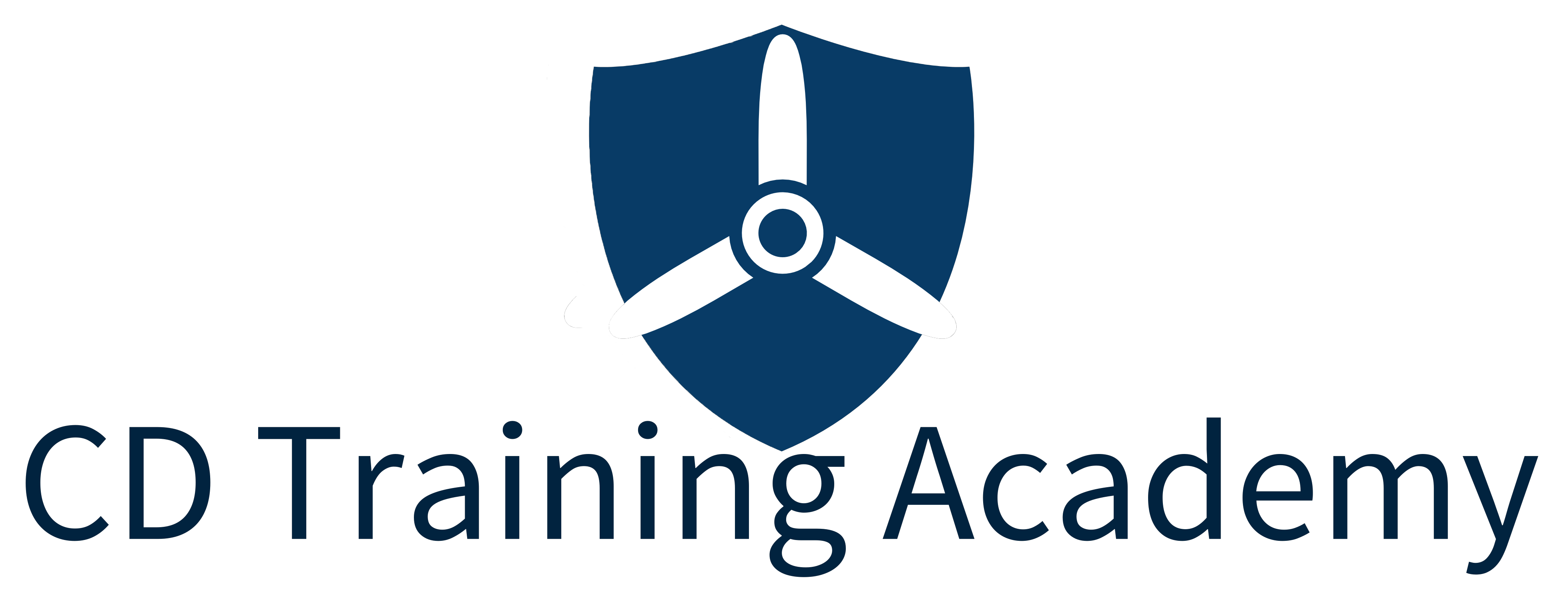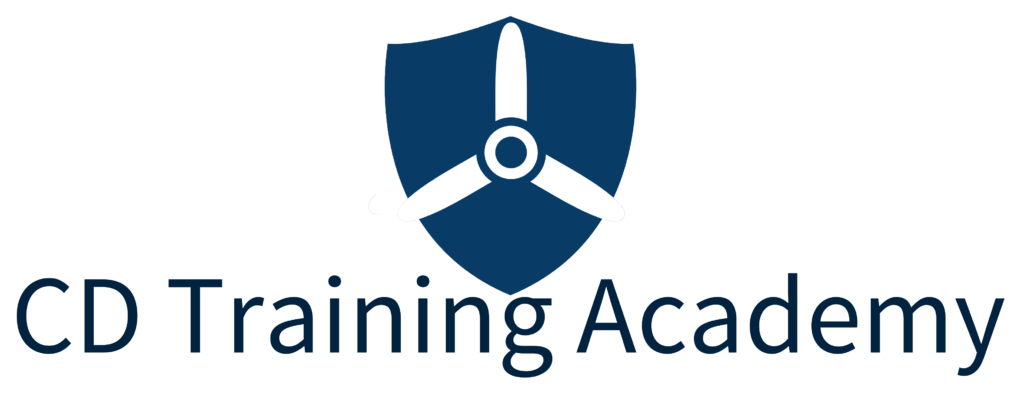
Get Certified to ship HazMat with Online Hazmat Training at CD Training Academy – Your Path to a Safer, Smarter Career
In today’s fast-moving industrial world, safety is more important than ever. If you’re handling, working around hazardous materials, or shipping hazardous, proper training isn’t just







